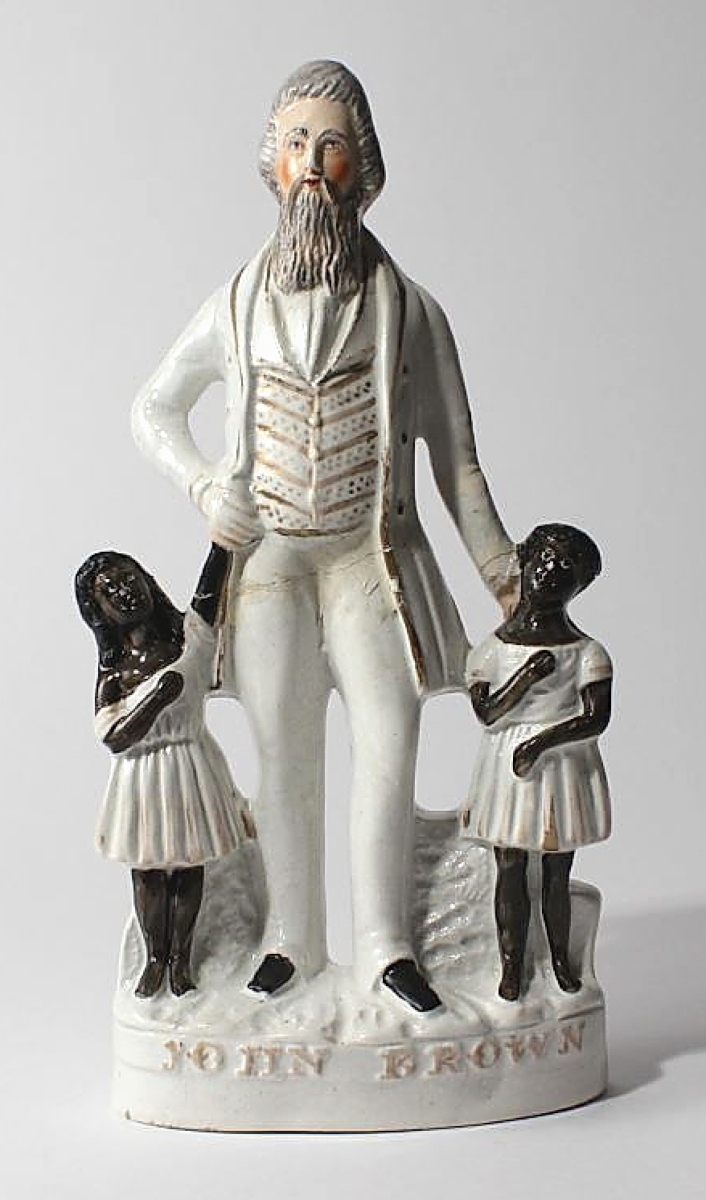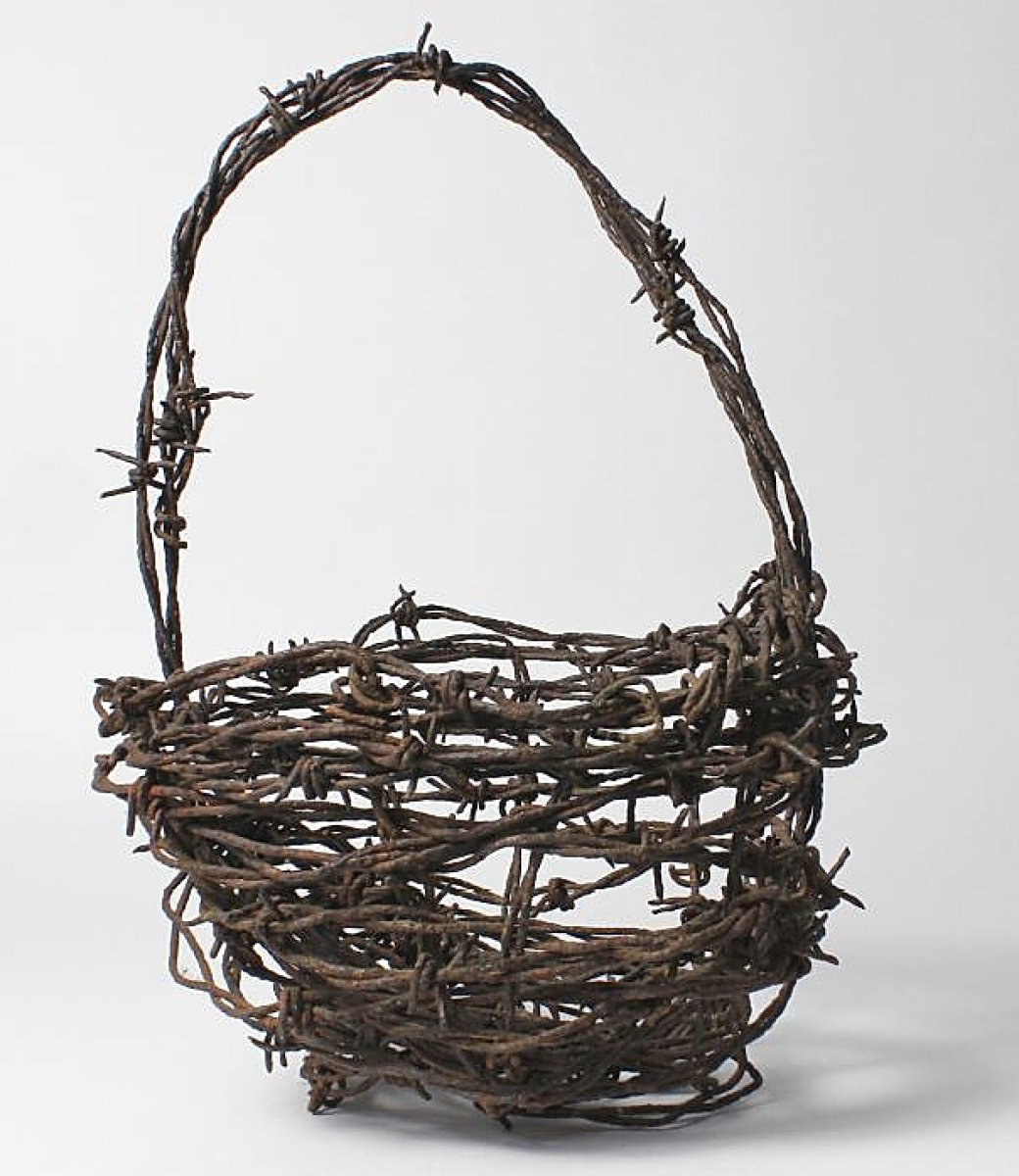
The first object to enter the “Humane” collection at Old as Adam was this fireman’s belt of tooled leather, circa 1860s. The dealer wrote, “With its contemporary association with lifesaving, the word ‘Humane’ was a popular name for fire companies in the Nineteenth Century… Composed of volunteers, early fire companies were akin to fraternal social clubs. They functioned as semi-private organizations, receiving most of their funding from insurance company payouts.”
By Greg Smith
PROVIDENCE, R.I. – When antiques dealer Adam Irish saw the words “Humane” emblazoned across a Nineteenth Century leather fireman’s belt, it inspired a collection that culminated in an exhibition at his Rhode Island gallery, Old as Adam. “Humane: Objects of Kindness & Cruelty” launched at his space on Benefit Street in early 2021.
“Humane objects reflect our compassion for the powerless and oppressed,” the dealer wrote. “Some recall individual acts of kindness and generosity. Others mark transformative changes wrought by the radical political and social activism. These things embody our best intentions, but also our worst hypocrisies. More often than not, the term ‘humane’ is deployed to disguise the inhumane. The collection reveals chips in the thin veneer of palliative concerns applied over injustice and suffering.”
The examples found within are suggestive, exact, humorous and heartbreaking – a collection of objects that represent the great balance of humanity throughout history, a catalog that charts the pendulum as it swings back and forth between extremes before averaging out to yesterday. Here we find the light and the dark, the warm and the cold, the good and the evil.
In relation to animals, Irish includes a volume of 1885-87 bound issues of Our Dumb Animals, the first magazine in the United States dedicated to preventing animal cruelty. It was published by the Massachusetts Society for the Prevention of Cruelty to Animals and was distributed freely nationwide as an educational and awareness resource.
Regarding war, Irish includes works that remind us of the horrors of chemical warfare. A World War I United States Army-issue alarm in pine is found beside more dissolved depictions of the practice in a painted lead soldier wearing a gas mask while charging and two linked toy trolley cars that hold gas and a bullet. Antiwar relics include a soldier’s helmet painted with an American flag with a peace symbol.
Others that find a sense of humor include a painted pine bird feeder in the form of a cat, its tin tongue extending outward from the entrance hole to invite the bird inside.
At a time when the nation needs no reminding of caring for its most vulnerable, the collection offers a circa 1870s painted child’s high chair from a Portland, Maine, Isolation and Small Pox Hospital. Irish wrote, “At the time Dr Walton Eaton Tobie examined his pediatric patients seated on this chair, children sick with pneumonia, influenza, tuberculosis and other common diseases faced terrible odds.”
As Dr Tobie attended to children, more nefarious actors were engaged in quack medicine throughout the United States. Here we find a folk art pyrography panel with cut out skeleton figures advertising the Antikamnia Chemical Company. The company was prosecuted by the federal government for refusing to label acetanilid a toxic substance.
Positivity abounds. Charity banks take the forms of a bisque head doll or figures holding baskets. A shipping crate bears the label for Imperial Granum, “Food for Invalids & Children.”
Images of abolitionism appear in a Staffordshire figure of John Brown with two Black children and an 1838 hard times token featuring a shackled, kneeling woman that reads “Am I Not a Woman and a Sister?”
The third in a series of thematic exhibitions that Irish has launched in the past year, the dealer says the exhibitions will shift about every four months.
“Seeking-out items through a thematic lens is inspiring in my own work and I hope it leads customers old and new to see in sharper focus the beauty and importance of antiques,” he said.
For additional information, www.oldasadam.com.






